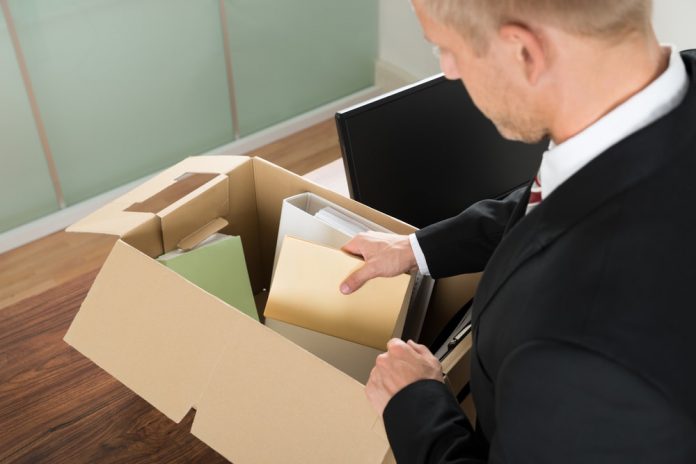Whether you are moving your business office to a downtown high rise or a different state entirely, startups and small businesses understand the risks associated with moving locations, from the uncertainty of reaching new business markets, to the costs associated with upgrading facilities, to losing valued employees as a result of a more complicated commute, and more.
By Monu Kalsi, Vice President, Marketing, Shred-it
One area of risk that often falls under the radar, however, is the office graveyard of filing cabinets, whose contents you never thought you’d see again. Despite living in the digital age, the average office worker generates 10,000 sheets of paper every year and, distressingly, 30 percent of printed materials are never even picked up from the printer – which could be irreparably damaging for your business if paperwork containing sensitive information is improperly disposed of (i.e. in a recycling bin) or worse, falls into the wrong hands.
When it comes to creating a secure “paper exit plan,” there are three key and actionable steps to keep in mind:
Set an expiration date, and shred it
“Expired” documents include those containing sensitive information from individuals or companies that are no longer associated with your business. For example, copies of passports and driver’s licenses, home addresses, healthcare information and 401K accounts of former employees. The same goes for former clients, such as billing statements, non-disclosure agreements, confidential memos and more. Any printed files that precede your predetermined cut-off date – “all documents filed before X date” – hit the shredder.
This is good practice regardless of whether you are moving offices or not. Setting a shelf-life for predictable scenarios is an excellent way to combat the unexpected. For example, if your standard is to shred all former employee files after one year following their departure, you mitigate the risk of negligence and even theft – which is key as 37 percent of business leaders say they don’t monitor how often employees remove confidential information from the office. What’s more, data disposal is the law. Business leaders can visit the National Conference of State Legislatures for proper disposal information and timelines specific to your state.
Pull the (printer’s) plug
If you are indeed headed to a new location, instruct department leaders to limit the amount of materials employees can print after a certain date, letting them know that the fewer materials printed means fewer documents to pack and move. This also cuts down on the amount of paperwork that could inevitably get left behind and found by new occupants who are not responsible for the safe disposal of your company’s documents.
This rule should apply to hard drives as well. Provide proper protocols for employees to securely dispose of old hard drives and advise they wait to request a new one until you are moved into your new office. Keep in mind that when a file is deleted from a hard drive, it isn’t completely gone – the data still exists on the hard drive, even after you empty the file from the “recycle bin.” Additionally, wiping or degaussing does not necessarily render data irretrievable either. This job is best left to a reputable destruction company to ensure “complete destruction” in which specialized equipment is used to slice the hard drive into small pieces, and crushing equipment is used to punch an irreparable hole through each drive and destroy magnetic surfaces.
Plan a purging party
Employee buy-in is key if you want to quickly and efficiently clear your office out and properly dispose of old paperwork. Host an office-wide purge and invite staff to enjoy snacks and drinks while they clear out their desks. You could also offer additional incentives – free lunch or early dismissal on a Friday – to employees who volunteer to clear out common areas, like the printing room, select filing cabinets and storage closets.
The fact is, this periodic one-time clean-out is something you should commit to doing frequently in your new office, in addition to regular document and hard drive destruction. A decluttered workplace will improve the work environment for employees and visiting clients, and will also have a significant impact on your information security.
Additionally, a purge party is an excellent opportunity to skill up your staff on the legal requirements for destruction – especially as 39 percent of small business say they never train their employees on their industry’s legal requirements.
While moving offices is an excellent reason to purge and start fresh in your new space, there is no time like the present to begin improving your office processes around information security. The payoff is invaluable not only in securing your employee and client data, but also in terms of safeguarding your business reputation.
Monu is the Vice President, Marketing for Stericycle and oversees the Healthcare and Shred-it brands. Monu is responsible for developing, leading, and implementing marketing and digital strategies across both organizations with a focus on customer acquisition and retention, sales support, brand enhancement and creative services.
Follow Monu on Twitter at @monukalsi
Packing office stock photo by Andrey_Popov/Shutterstock







